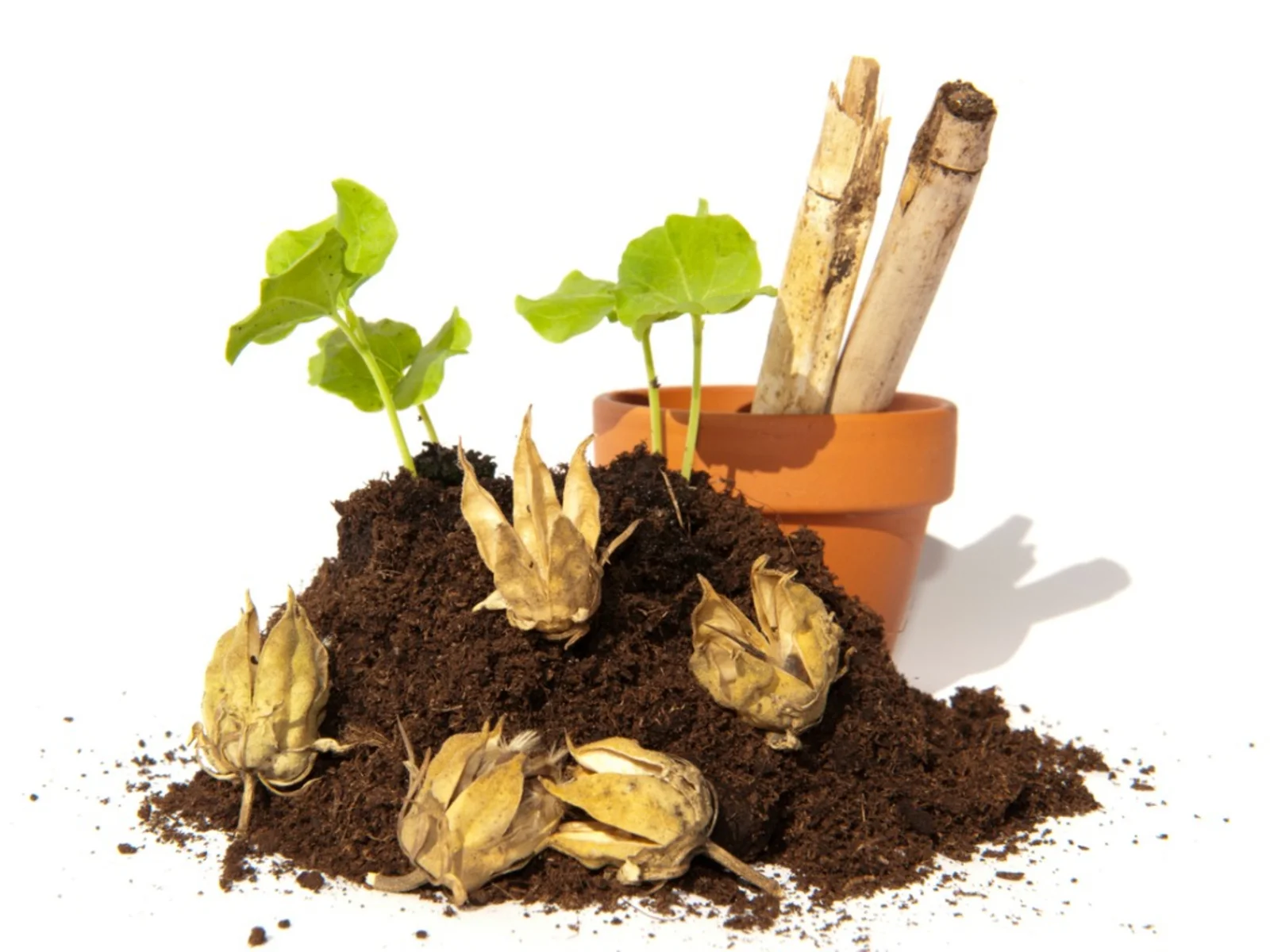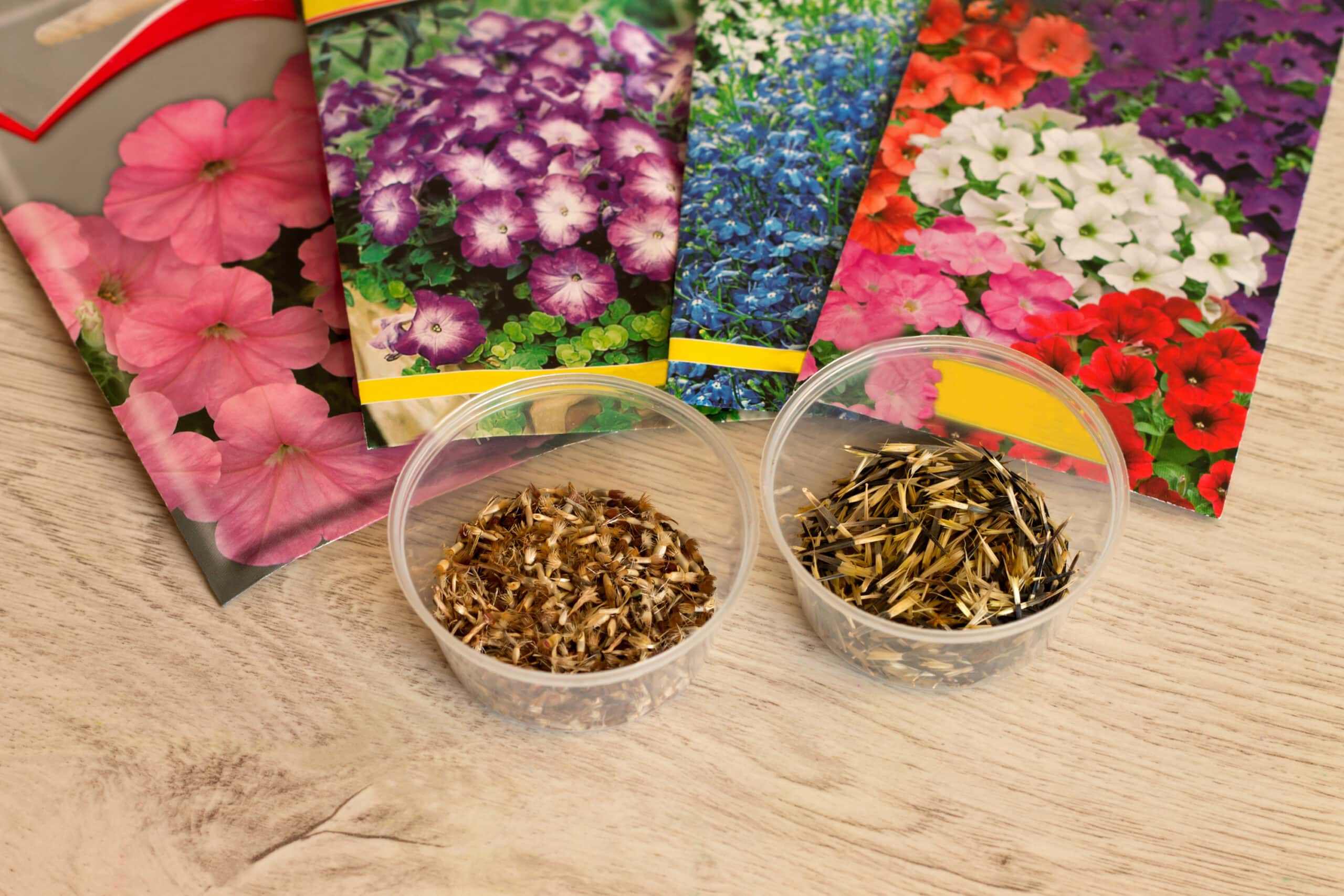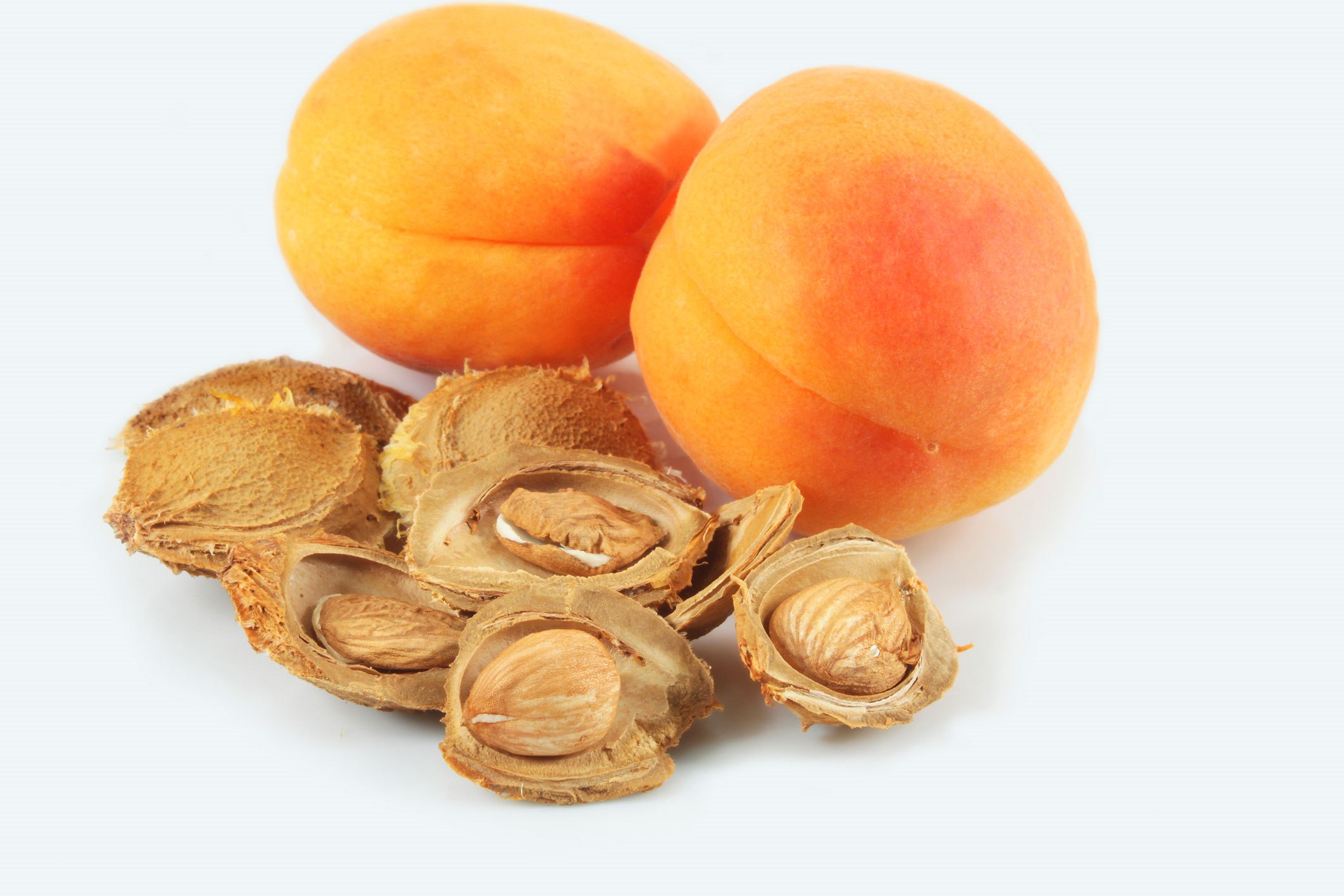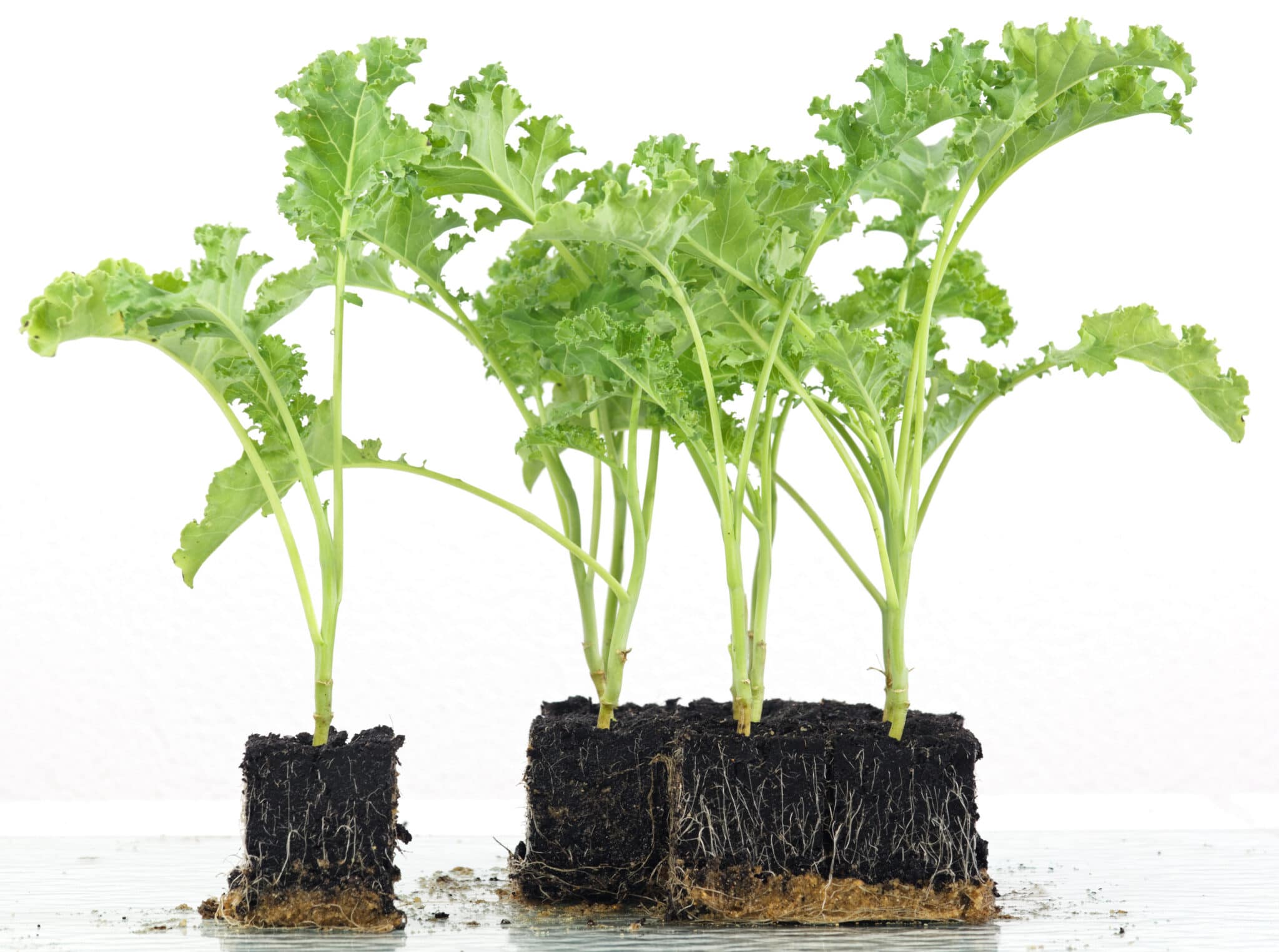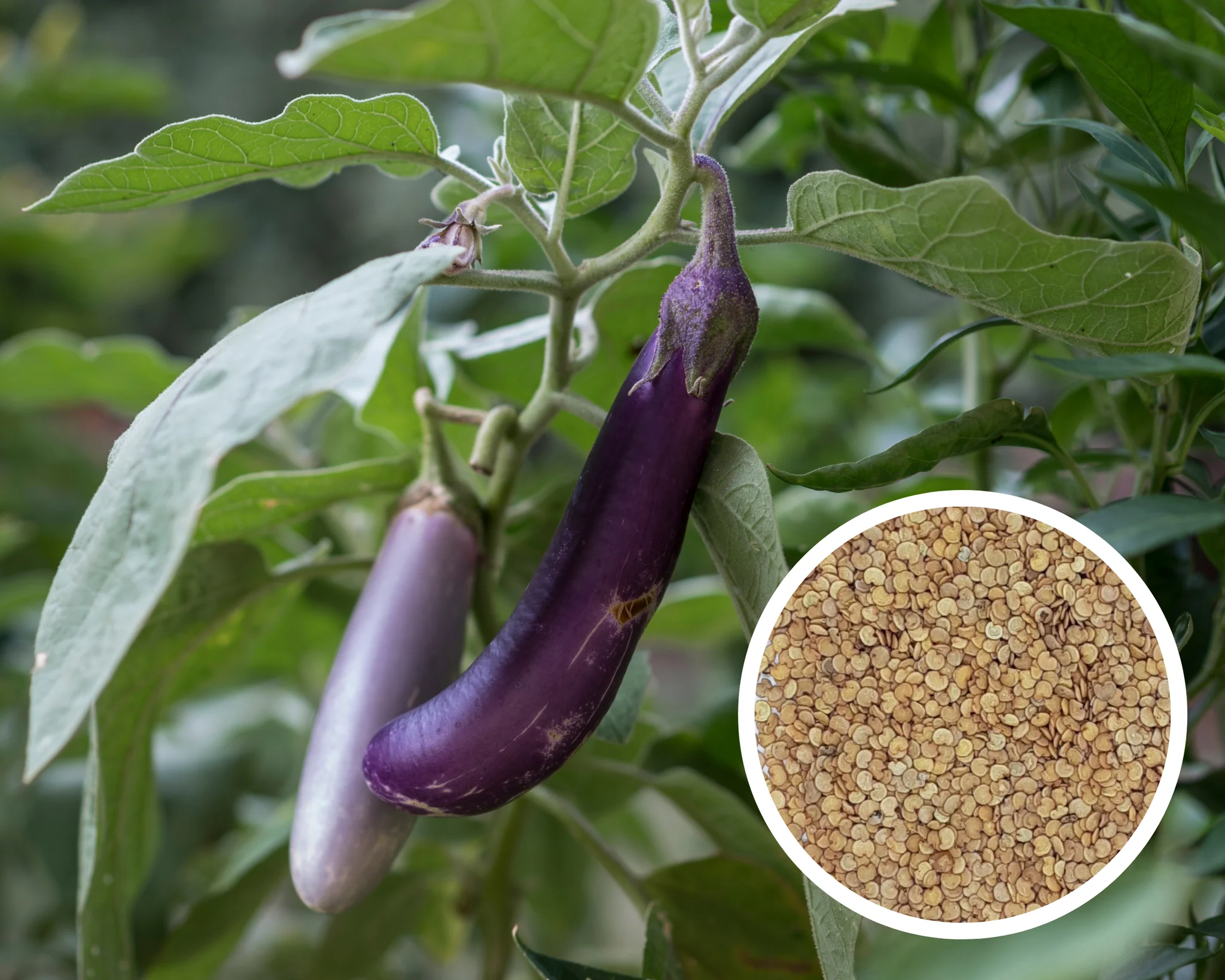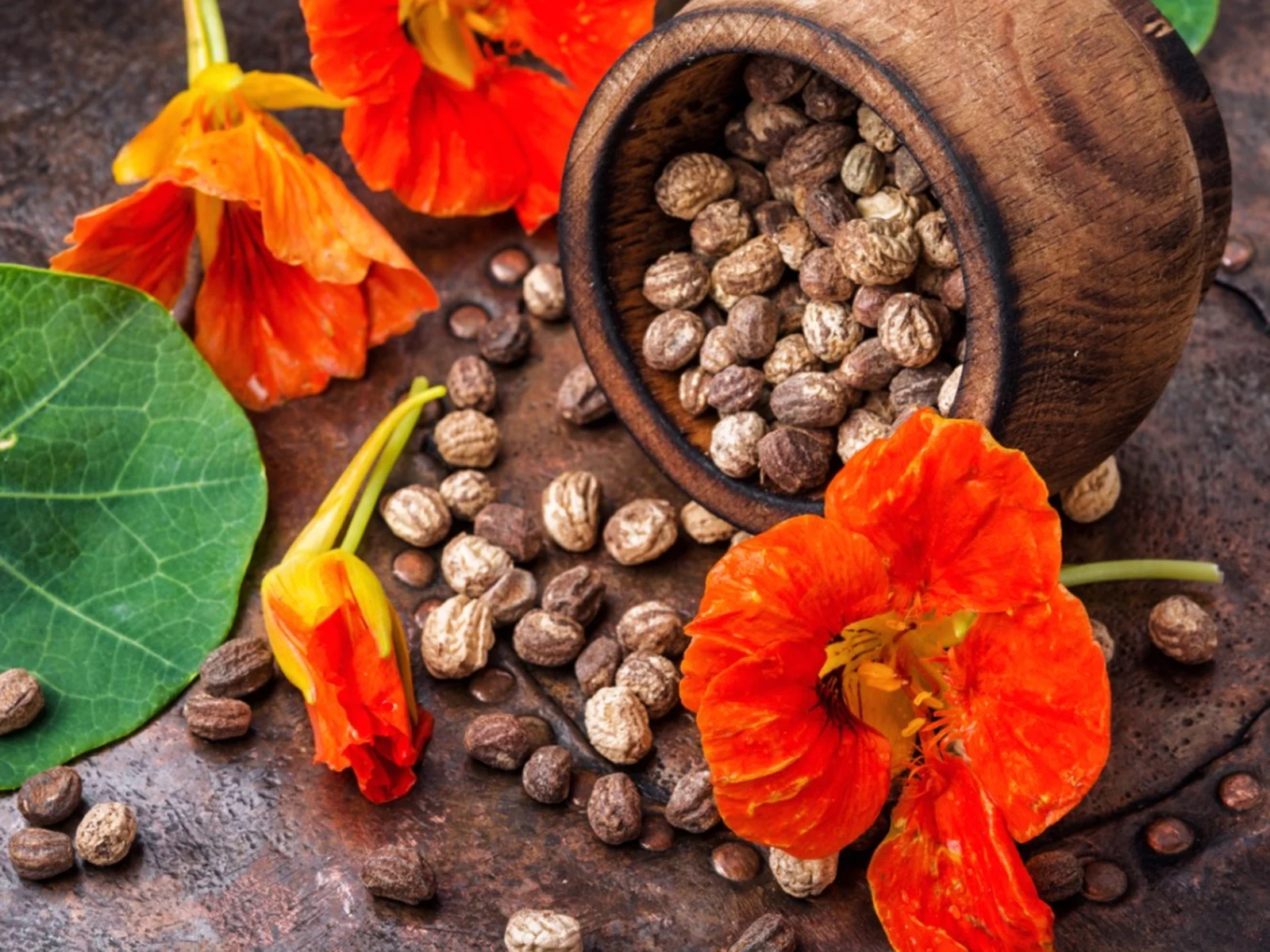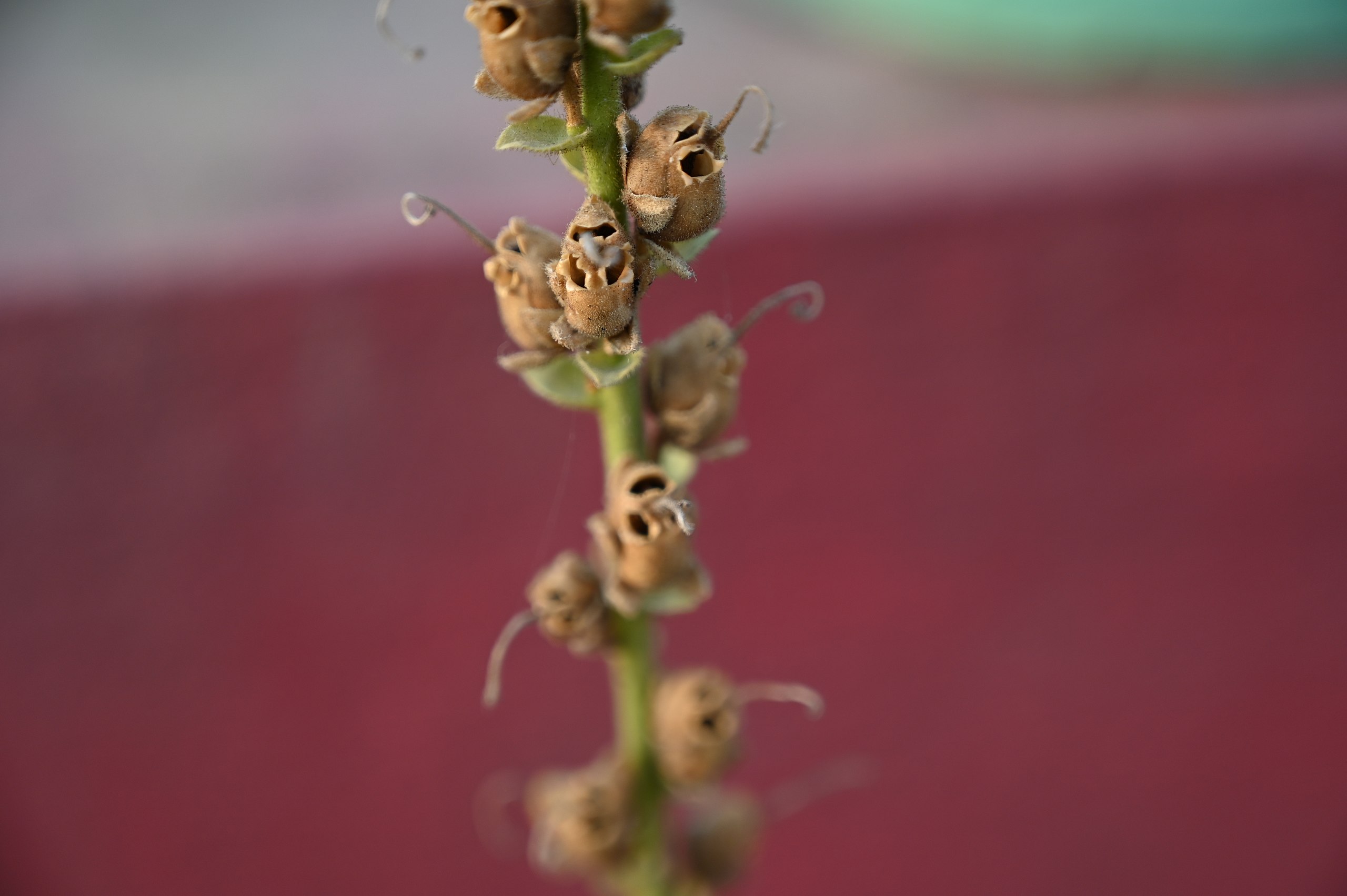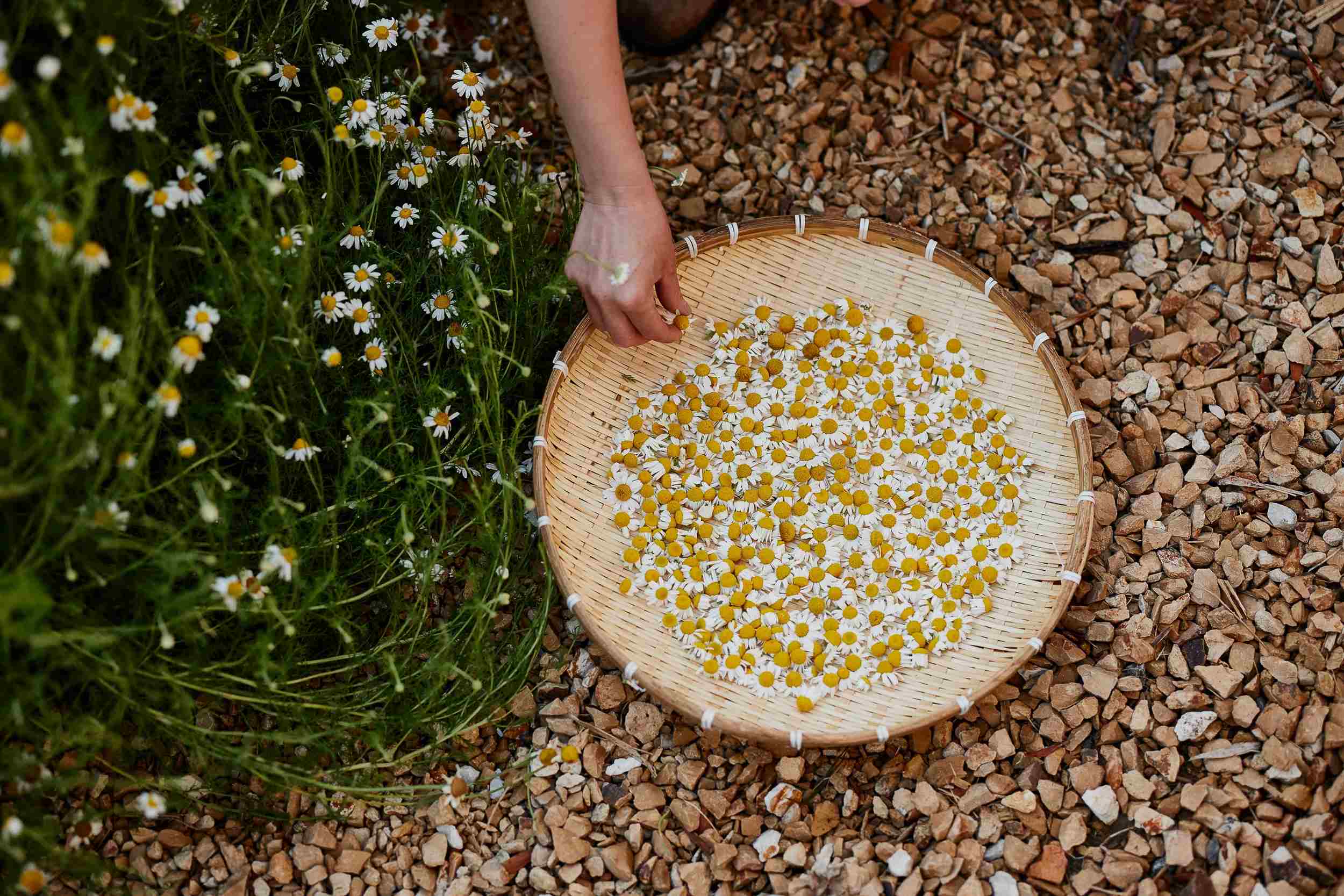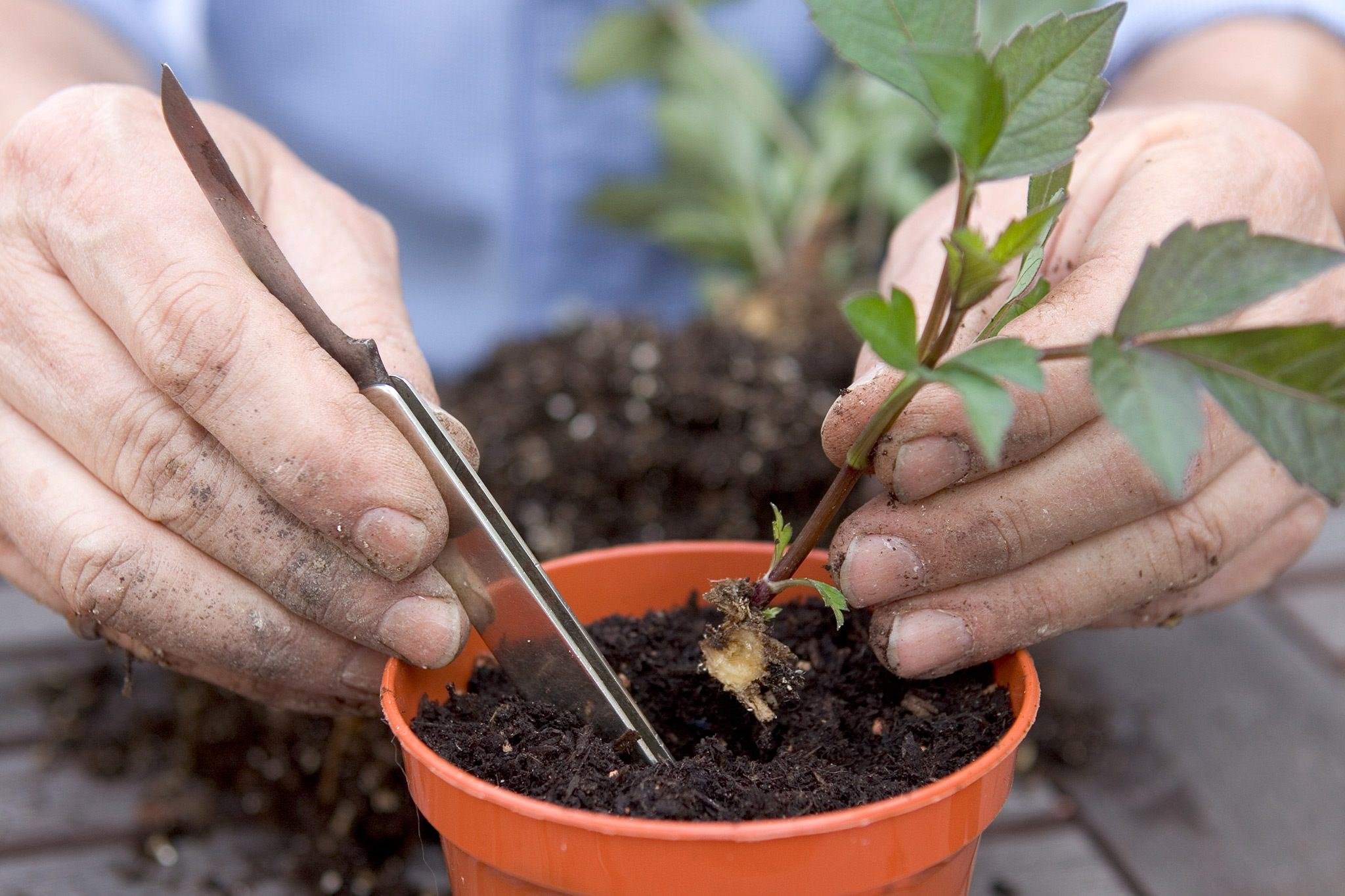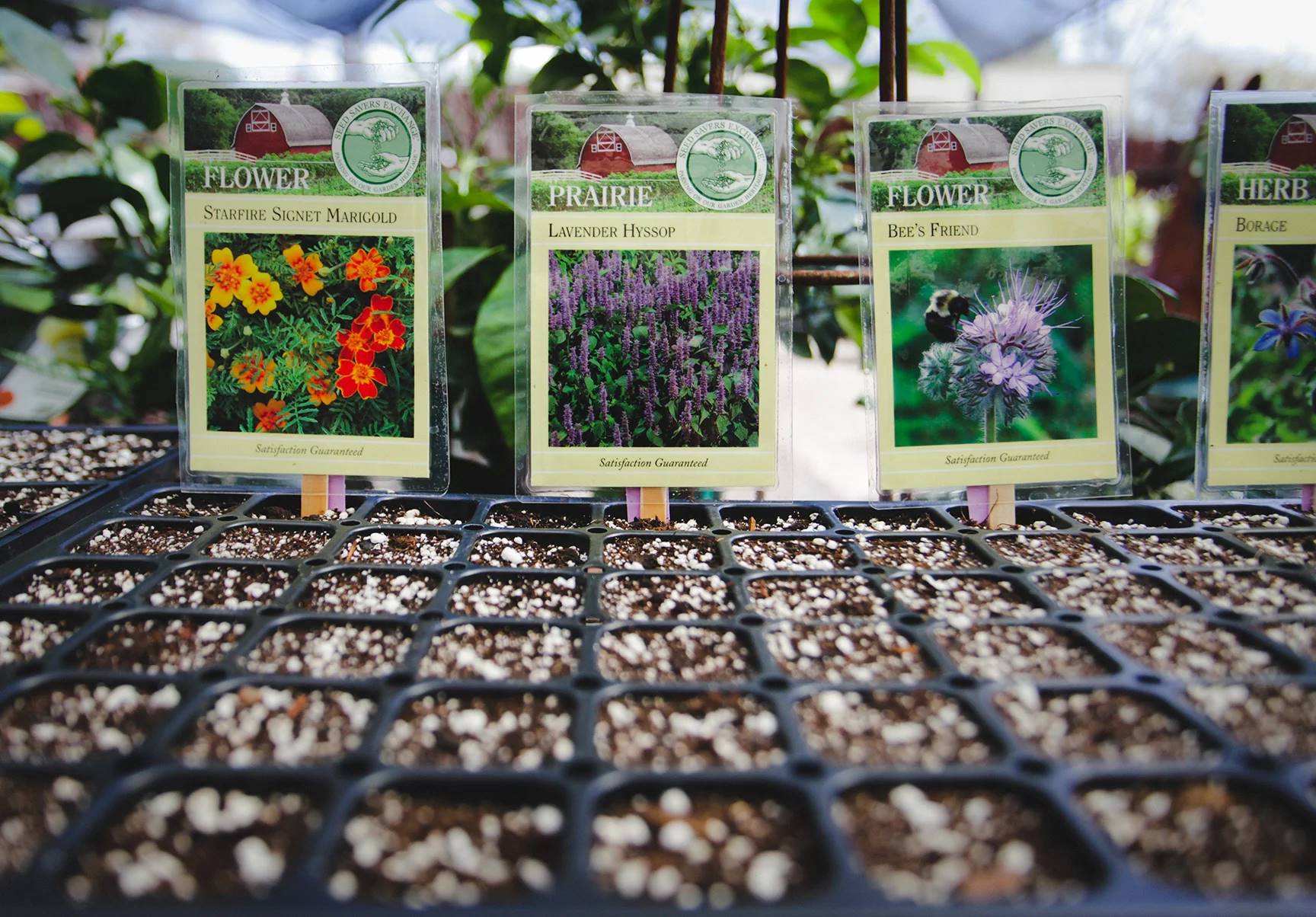Home>Types of Gardening>Ornamental Gardening>How To Plant Pea Seeds
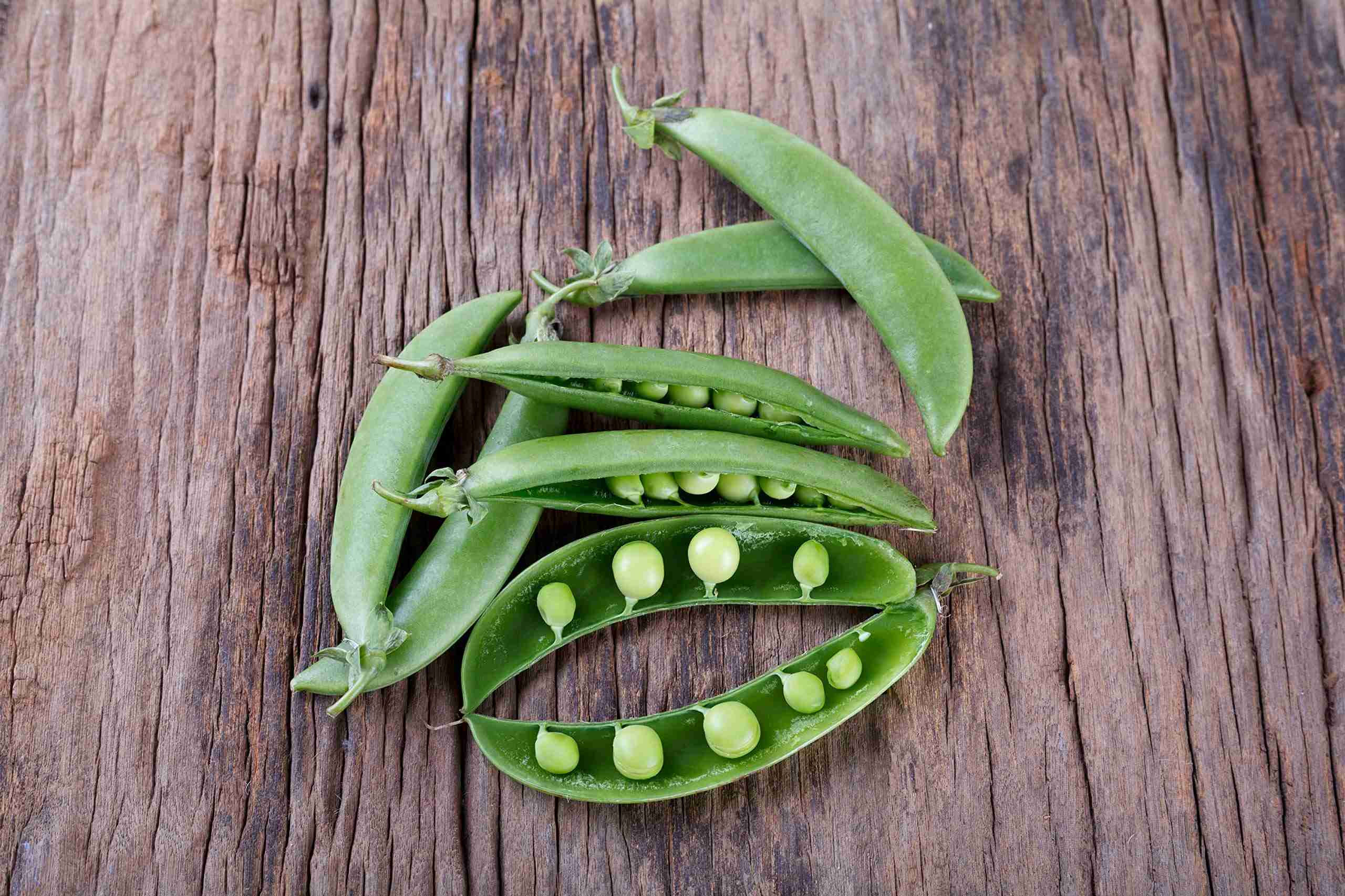

Ornamental Gardening
How To Plant Pea Seeds
Modified: January 22, 2024
Learn the best techniques and tips for planting pea seeds in your ornamental garden. Discover how to grow pea plants successfully with this comprehensive gardening guide.
(Many of the links in this article redirect to a specific reviewed product. Your purchase of these products through affiliate links helps to generate commission for Chicagolandgardening.com, at no extra cost. Learn more)
Table of Contents
Introduction
Welcome to the world of ornamental gardening! If you have a passion for beautiful and vibrant flowers, you are in the right place. Ornamental gardening is all about creating stunning visual displays using a variety of plants and flowers. Not only does it add aesthetic value to your outdoor space, but it also allows you to express your creativity and connect with nature.
In this article, we will explore the art of ornamental gardening and provide you with valuable insights on how to create a breathtaking garden that will leave your neighbors in awe. Whether you are a beginner looking to enhance your gardening skills or an experienced gardener seeking new inspiration, we have got you covered.
Ornamental gardening involves carefully selecting and arranging plants for their visual appeal. It is a perfect balance of colors, textures, heights, and fragrances that can transform an ordinary garden into a mesmerizing paradise. By following some key principles, you can create your own personalized oasis, tailored to your taste and preferences.
Throughout this article, we will delve into the intricacies of choosing the right plants, preparing the soil, proper watering and fertilization techniques, providing the necessary support for your plants, protecting them from pests and diseases, and finally, the rewarding process of harvesting the fruits of your labor. So let’s roll up our sleeves and dive into the amazing world of ornamental gardening!
Choosing the Right Variety of Pea Seeds
When it comes to choosing the right variety of pea seeds for your ornamental garden, there are a few factors to consider. The first and most important factor is the climate in your region. Peas thrive in cool weather conditions, so it’s essential to select a variety that is well-suited for your specific climate zone.
There are three main types of peas to choose from: shelling peas, snow peas, and sugar snap peas. Shelling peas are the traditional garden peas that require you to remove the peas from their pods before eating. They are delicious and versatile, perfect for adding to soups, stews, or as a side dish.
Snow peas, also known as sugar peas, have flat, edible pods and are commonly used in stir-fries and salads. They have a delicate flavor and crisp texture that is simply delightful. Lastly, sugar snap peas are a cross between shelling peas and snow peas. They have plump, edible pods and sweet, crunchy peas inside. They are a favorite among gardeners due to their exceptional taste and versatility.
Once you have determined the type of pea you want to grow, you can explore different varieties within that type. Consider factors such as plant height, disease resistance, and maturity time. Some dwarf varieties are ideal for small gardens or container gardening, while tall varieties may require trellises or supports.
Additionally, it’s worth noting that some pea varieties are bred specifically for ornamental purposes. These varieties often have vibrant blossoms in shades of white, pink, purple, or even bi-colors. They can add a stunning pop of color to your garden beds or containers, elevating the visual appeal of your ornamental garden.
Do your research and read seed catalogs or consult with local garden experts to find the perfect variety that suits your preferences and growing conditions. Keep in mind that different varieties have different requirements for spacing, sun exposure, and soil conditions. By selecting the right variety, you’ll set yourself up for a successful and visually captivating pea growing experience in your ornamental garden.
Preparing the Soil
The foundation of a successful ornamental garden lies in the quality of the soil. Before planting your pea seeds, it’s crucial to prepare the soil properly to provide your plants with the necessary nutrients and a favorable growing environment.
Start by clearing the area of any weeds or debris. This will help prevent competition for resources and ensure that your pea plants have ample space to grow. Use a garden fork or a tiller to loosen the soil and remove any clumps or rocks. Aim for a loose and crumbly texture to allow the roots to penetrate easily.
Peas prefer well-draining soil, so it’s essential to improve the drainage if you have heavy or clay-like soil. Incorporate organic matter such as compost, well-rotted manure, or leaf mold into the soil. This will not only enhance drainage but also enrich the soil with essential nutrients.
Consider conducting a soil test to determine the pH level of your soil. Peas prefer slightly acidic to neutral soil, with a pH of around 6.0 to 7.0. If your soil is too acidic, you can add lime to raise the pH. Conversely, if the soil is too alkaline, you can add elemental sulfur or acidic organic matter like pine needles to lower the pH.
Before planting, ensure that the soil is moist but not waterlogged. Excessively wet soil can lead to rotting of pea seeds or young seedlings. If the soil is too dry, water it thoroughly and give it some time to settle before sowing the seeds.
Lastly, consider adding a layer of mulch around the base of your pea plants once they have emerged. Mulch helps to retain moisture, suppress weed growth, and regulate soil temperature, creating an ideal growing environment. Use organic mulches like straw, dried leaves, or wood chips, and spread a layer around 2-3 inches thick.
By properly preparing the soil before planting, you will give your pea seeds the best possible start and lay the groundwork for healthy and vibrant pea plants in your ornamental garden.
Sowing the Pea Seeds
Now that you have prepared the soil, it’s time to sow your pea seeds. The proper sowing technique will ensure optimal germination and healthy growth of your pea plants.
Before sowing, soak your pea seeds in water for a few hours. This helps to soften the seed coat and promote faster germination. While the seeds are soaking, create furrows in the soil with a garden hoe or your fingers. The furrows should be about 1-2 inches deep and spaced according to the recommended spacing for the variety you are planting.
Take the soaked pea seeds and place them in the furrows, spacing them about 2-3 inches apart. It’s best to place two seeds per hole to increase the chances of successful germination. If both seeds germinate, you can thin out the weaker seedling later.
Once the seeds are placed in the furrows, cover them gently with soil, ensuring they are adequately buried. Press down lightly to firm the soil around the seeds, but avoid compacting it too much. Peas need loose soil for their roots to grow successfully.
After sowing, water the soil gently, using a watering can with a fine spray or a hose with a mist nozzle. Be careful not to wash away the seeds or displace the soil. Maintain consistent moisture in the soil to aid germination, but avoid overwatering, as it can lead to rotting.
Consider using a row cover or protective netting to deter birds, rodents, or other pests from digging up or eating the newly sown seeds. Secure the cover over the rows and remove it once the seeds have germinated and established.
Keep an eye on the weather conditions and provide additional protection if there is a late frost. Pea seeds are tolerant of cool temperatures, but a sudden frost can damage young seedlings. A makeshift cover using plastic or fabric can provide temporary protection during frosty nights.
As the pea plants start to grow, thin them out if necessary, leaving one strong seedling per spacing. This allows the remaining plant to have ample space and resources to develop into a healthy and productive plant.
With proper sowing techniques and appropriate care, you will soon see the emergence of beautiful pea seedlings that will flourish in your ornamental garden.
Watering and Fertilizing
Watering and fertilizing are essential aspects of caring for your pea plants in your ornamental garden. Proper hydration and nutrition will ensure robust growth and an abundant harvest of peas.
Peas require consistent moisture throughout their growing season, especially during flowering and pod development. Water deeply, providing enough moisture to reach the roots but avoiding excessive saturation that can lead to root rot. Aim to keep the soil consistently moist but not waterlogged.
During dry spells or hot summer months, you may need to water your pea plants more frequently. Pay attention to signs of drought stress like wilting leaves or yellowing foliage. Water in the early morning or evening to minimize evaporation and allow the plants to absorb the moisture efficiently.
Avoid overhead watering, as it increases the chances of fungal diseases. Instead, use a drip irrigation system or water at the base of the plants to minimize wetting the foliage.
In terms of fertilization, peas are light feeders and typically do not require excessive fertilization. Before planting, incorporate well-rotted compost or organic matter into the soil to provide a slow-release source of nutrients.
If the soil is lacking in nutrients, you can apply a balanced organic fertilizer when the plants are about 6 inches tall. Follow the instructions on the fertilizer package and apply it sparingly around the base of the plants. Avoid over-fertilizing, as it can lead to excessive foliage growth at the expense of pea production.
It’s also beneficial to incorporate nitrogen-fixing plants, such as legumes, into your ornamental garden. These plants have the unique ability to convert atmospheric nitrogen into a usable form for other plants. Planting them alongside your peas can help improve soil fertility without the need for additional fertilizer.
Regularly monitor the health and growth of your pea plants. If you notice any signs of nutrient deficiencies, such as yellowing leaves or stunted growth, you can address them by adjusting your fertilizer application or adding specific nutrients that may be lacking in the soil.
By providing adequate water and ensuring proper nutrient levels, you will promote healthy growth and vibrant pea plants in your ornamental garden.
Providing Support for Pea Plants
As your pea plants grow, they will require support to prevent them from sprawling on the ground and to maximize their productivity. Providing the proper support for your pea plants not only keeps them well-organized but also helps improve air circulation, reduce disease risk, and make harvesting easier.
There are several options available for supporting your pea plants, depending on the variety and space available in your ornamental garden. The most common method is using a trellis or a pea netting system.
A trellis consists of vertical supports, such as wooden stakes or metal rods, with horizontally stretched strings or wires. Install the trellis before planting the pea seeds, ensuring it is firmly secured into the ground. As the pea plants grow, gently guide the vines and tendrils onto the trellis, allowing them to climb and attach themselves for support.
Pea netting is another effective method, especially for taller varieties. It consists of a lightweight mesh or netting that is attached to poles or stakes. Stretch the netting tightly between the supports, creating a vertical structure for the pea plants to climb. As the plants grow, gently weave the tendrils through the netting for support.
If you have limited space in your garden or containers, consider using a pea tower or a pea cage. These structures provide a compact and vertical growing space for your pea plants. They often have built-in support or grid patterns that allow the vines to attach themselves as they grow.
When choosing a support system, consider the height of your pea variety. Some dwarf varieties may only require shorter stakes or small trellises, while tall and vining varieties may require taller supports to accommodate their growth.
Remember to monitor your pea plants regularly and gently guide the vines onto the support structure to prevent them from tangling or bending in unfavorable directions. Avoid forcefully bending or twisting the vines, as they can easily break.
Providing the appropriate support for your pea plants not only helps keep your ornamental garden looking tidy and organized but also ensures healthy growth and easier harvesting of your delicious pea pods.
Protecting Pea Plants from Pests and Diseases
Just like any other plants, pea plants are susceptible to various pests and diseases that can hinder their growth and reduce your harvest. Therefore, it is essential to take proactive measures to protect your pea plants in your ornamental garden.
One of the most common pests that can attack pea plants is aphids. These small, soft-bodied insects feed on the sap of the plants, causing stunted growth and distorted leaves. To combat aphids, you can use insecticidal soaps or natural predators like ladybugs that feed on aphids. Regularly inspect your plants for any signs of infestation and take immediate action.
Another common pest is the pea leaf weevil. These small beetles feed on the foliage, leaving distinctive notches on the leaves. Handpicking and removing them from the plants can help control their population. You can also apply organic insecticides if the infestation is severe.
Fungal diseases, such as powdery mildew and pea wilt, can also affect pea plants. Powdery mildew appears as a white powdery coating on the leaves, while pea wilt causes yellowing, wilting, and eventual death of the plants. To prevent these diseases, maintain good air circulation by providing adequate spacing between plants. Avoid overhead watering, as it can promote favorable conditions for fungal growth. If necessary, apply appropriate fungicides following the instructions for usage.
Birds can also pose a threat to pea plants, especially during flowering and pod development. Use bird netting or scare tactics like hanging reflective tape or scarecrow-like structures to deter birds from damaging your precious pea crop.
Regularly inspect your pea plants for any signs of pests or diseases. Early detection is crucial for effective control. Remove any infected or infested plant material and dispose of it properly to prevent the spread of pests and diseases.
Encourage beneficial insects, such as bees and hoverflies, to your garden by planting flowers that attract them. These beneficial insects can help pollinate your pea plants and potentially control pest populations.
Lastly, maintaining overall plant health through proper watering, adequate sunlight, and appropriate fertilization can help strengthen the plants’ natural defense mechanisms against pests and diseases. Healthy plants are generally more resistant to attacks.
By being vigilant and implementing these preventive measures, you can protect your ornamental garden pea plants from pests and diseases, ensuring their optimal growth and productivity.
Harvesting Peas
Harvesting peas from your ornamental garden is an exciting and rewarding experience. Peas are best enjoyed when they are young and tender, so it’s important to know when and how to harvest them to capture their optimal flavor and texture.
The timing of pea harvest depends on the variety you are growing. Shelling peas are typically harvested when the pods are plump and round, but before they become tough and fibrous. Snow peas are harvested when the pods have fully developed but are still flat and before the peas inside start to swell. Sugar snap peas are best harvested when the pods are crisp and full, with the peas inside plump but not overly mature.
To harvest your pea pods, hold the stem of the plant with one hand and gently pull the pod with the other hand. The pod should easily detach from the plant. Be careful not to disturb the neighboring plants or damage the remaining pods.
It’s important to harvest peas regularly, especially when they are in peak production. Leaving mature pods on the plant can signal to the plant that it’s time to stop producing, reducing your overall yield. By harvesting frequently, you encourage continued pod production.
After harvesting, it’s best to enjoy peas as soon as possible for the freshest taste. If you have an abundant harvest, and you can’t consume them all at once, you can blanch and freeze them for later use. This will help preserve their flavor and texture for an extended period.
Remember to remove any overripe or damaged pods from the plant to prevent the spread of diseases and maintain the overall health of your pea plants. Clean and tidy garden beds create a conducive environment for the ongoing growth and productivity of your plants.
As you harvest your delicious pea pods, take a moment to appreciate the beauty and abundance you have created in your ornamental garden. The joy of growing and enjoying your own fresh peas is truly a fulfilling experience.
Conclusion
Congratulations on delving into the world of ornamental gardening and exploring the art of growing peas in your own garden. By following the guidelines and principles outlined in this article, you are well-equipped to create a stunning and fruitful ornamental garden that will be the envy of all.
From choosing the right variety of pea seeds to preparing the soil, sowing the seeds, providing support, and protecting your plants from pests and diseases, each step plays a crucial role in the success of your pea growing journey. Remember to water and fertilize your plants appropriately and harvest them at the right time to enjoy the peak flavors.
But beyond the aesthetic appeal and delicious harvests, your ornamental garden is a space of creativity and connection with nature. It’s a place where you can express your artistic side, find solace in the beauty of flowers, and connect with the cycles of growth and life.
As your pea plants grow, take the time to appreciate the splendor of their delicate blossoms, the intricate beauty of their tendrils, and the anticipation of the bountiful harvest they will yield.
So, roll up your sleeves, put on your gardening gloves, and let your ornamental garden thrive with the vibrancy of pea plants. Embrace the joy of nurturing and witnessing the growth of these beautiful and delicious plants.
Remember, gardening is a journey filled with trial and error, learning and experimentation. Don’t be afraid to adapt and adjust your techniques as you go, and always keep that sense of wonder and curiosity alive in your garden.
Happy gardening and may your ornamental garden be a haven of beauty, inspiration, and delightful pea harvests!
